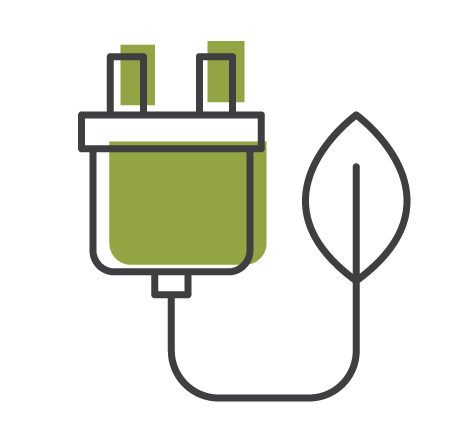Faith communities condemn “reckless and irresponsible” nuclear licence extension for Koeberg Unit 2
- Published:
Over the past month, the Southern African Faith Communities’ Environment Institute (SAFCEI) has repeatedly flagged serious safety and governance concerns in Eskom’s application to extend the lifespan of Koeberg Nuclear Power Station’s Unit 2. Despite these warnings and widespread public concern, the National Nuclear Regulator (NNR) has now approved a 20-year licence extension for the reactor – a decision that SAFCEI describes as “a travesty of good governance and a reckless gamble with public safety.”
SAFCEI’s Executive Director, Francesca de Gasparis, says the decision exposes a deep failure of regulatory oversight. “Koeberg was behind on so many critical safety requirements – from incomplete containment structure tests and monitoring data, to the absence of an updated emergency plan for Cape Town. The NNR has effectively approved the continued operation of South Africa’s most hazardous energy facility without proof that it is safe for the period of long-term operation, a further 20 years, as is required by law. This is not oversight – it is regulatory failure.”
In the weeks leading up to the NNR’s ruling, SAFCEI submitted detailed evidence showing that critical aspects of Eskom’s safety case for Unit 2 were based on assumptions rather than facts. The last Integrated Leak Rate Test, which proves the containment’s ability to prevent a catastrophic radioactive release, was conducted in 2015. The next one is only scheduled for 2026 – long after the decision has been made. Meanwhile, Eskom’s own documents admit that Unit 2’s containment monitoring system has been largely non-functional for years, with missing and unreliable data, and that the system to protect the reactor’s concrete and steel structures from corrosion has still not been installed.
“By its own admission, Eskom does not have all required up-to-date or verifiable data on Unit 2’s condition,” says SAFCEI’s Senior Energy and Climate Justice Coordinator. “It has used data from Unit 1 – a completely separate reactor – to fill the gaps. This is not science; it is speculation. To make a 20-year decision on that basis is perilous.”
Lydia Petersen from Mitchells Plain adds, “The fact that this licence was approved despite so many unresolved issues shows how broken our governance has become. The decision came after deadlines slipped and key safety data was still missing. This isn’t just bad timing – it’s a failure of oversight. When a regulator prioritises expediency over safety, it sends a message that public trust and accountability no longer matter.”
SAFCEI says the NNR’s approval undermines its credibility and contradicts international nuclear safety standards that require complete, verified containment testing and monitoring before licence renewal.
“When a regulator ignores missing tests, broken systems, and expired data, it ceases to regulate – it becomes complicit,” says Mapapu. She adds that the NNR’s decision effectively places the burden of risk on the people of Cape Town, who live within reach of Koeberg’s potential fallout zone, without an effective and tested evacuation plan.
Hilary Swartz from Atlantis says, “It’s alarming that Koeberg has been given another 20 years to operate when communities, like ours, still have no idea what to do in an emergency. Where are the muster points? Who will coordinate the evacuation of hundreds of residents – especially the elderly, the sick, and those in care homes? How will families find each other again if something goes wrong? We’ve never been briefed, never seen a map, never practised a drill. To approve this extension without answering those basic questions is deeply irresponsible.”
Lettesa Bruintjies from Atlantis says, “Now that the licence has been granted, our concerns feel completely ignored. We’ve been asking about the emergency safety plan for months, and yet no one from Eskom or the NNR has ever shown it to us. We’re told a plan exists, but when will it actually be presented to the communities who live next to Koeberg? Does it explain how we’re supposed to evacuate, or which routes to follow? If this plan is meant to protect us, then why can’t it be made public to local residents in Atlantis and the surrounding areas?
Imelda Titus from Atlantis says, “As someone who’s lived within the evacuation radius for forty years, I can say we’ve never had a single evacuation drill in Atlantis or Melkbos. Not once. There is still no clear plan for managing road traffic or supporting vulnerable people if we ever have to evacuate. The NNR may have approved Koeberg’s licence, but that doesn’t mean the plant is safe – it just means our safety concerns have been brushed aside. Until we see a working, tested plan, I have no confidence that we’d be protected in a real emergency.
In addition to these community concerns, SAFCEI also questions the economic logic of investing billions into extending Koeberg’s life at a time when South Africa’s energy future should be anchored in renewable sources.
“Every Rand spent keeping this ageing nuclear plant alive is a rand taken away from wind, solar and community-based energy solutions that can deliver jobs, resilience and cleaner power,” says de Gasparis. “Nuclear is slow, costly and is one of the most dangerous ways to generate electricity, and since it creates toxic waste – for which there is no permanent solution – which remains harmful for hundreds of thousands of years. These are just some of the reasons that nuclear is completely the wrong type of technology for a just energy transition.”
SAFCEI is now reviewing the NNR’s decision and considering an appeal under the NNR Act. “As people of faith, we are called to stewardship of life and creation, which means insisting on truth, transparency and accountability,” de Gasparis concludes. “Safety must be proven, not assumed. This decision endangers both the people and the environment, and we will continue to pursue every legal and public avenue to challenge it.”
Who we are

SAFCEI (Southern African Faith Communities’ Environment Institute) is a multi-faith organisation committed to supporting faith leaders and their communities in Southern Africa to increase awareness, understanding and action on eco-justice, sustainable living and climate change.
Featured Articles
-
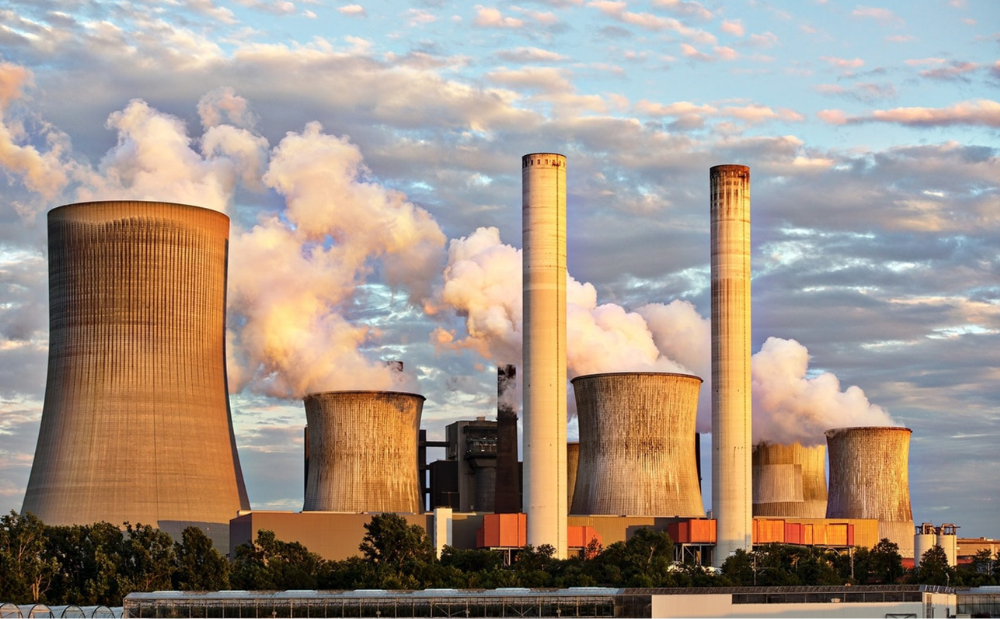
South Africa: Who Ends Up Paying If DMRE Cooks the Price of Nuclear Power?
-
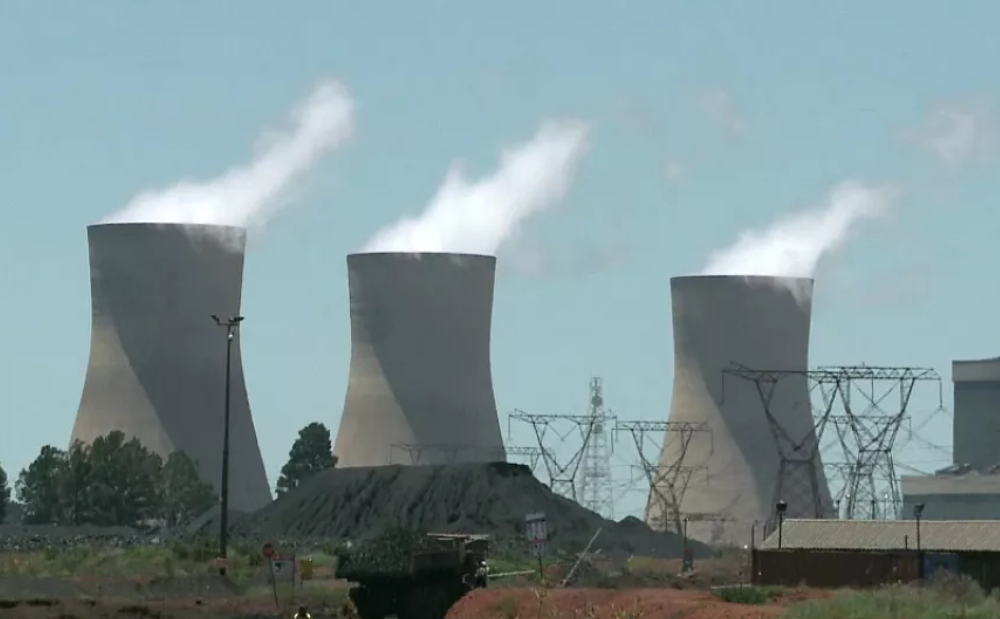
South Africa’s nuclear energy expansion plans continue to draw criticism, environmental NGOs chew over legal challenge
-

Earthlife Africa and SAFCEI respond to latest unsettling nuclear news regarding the ministerial determination
-
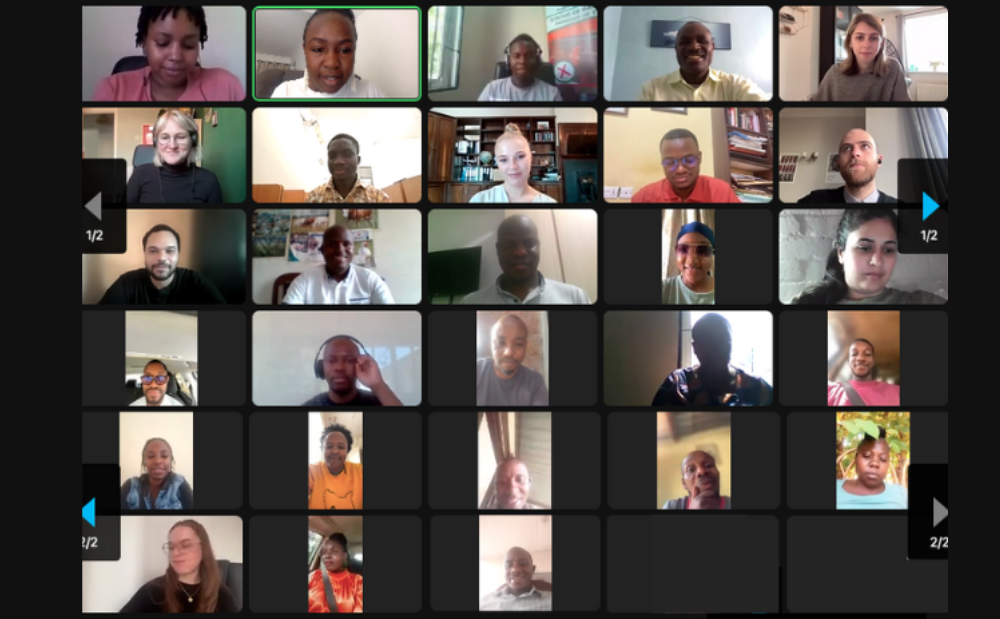
Open Wing Alliance Africa (Virtual) Summit 2023
-

The Green Connection and SAFCEI respond to energy minister's divisive and deflecting comments
-
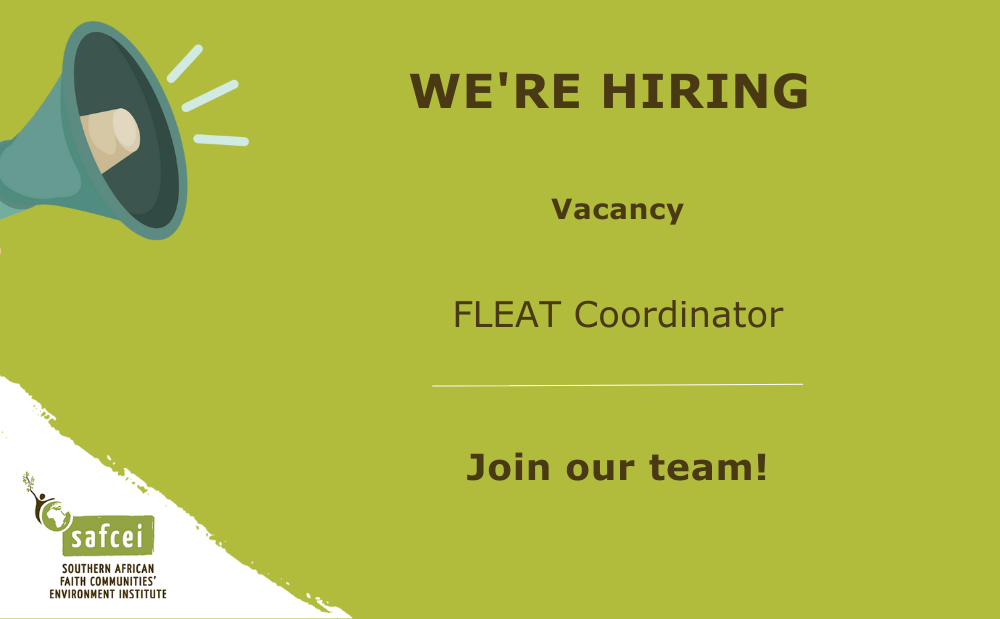
Job Vacancy: FLEAT Coordinator


